Quicks leave England without a prayer
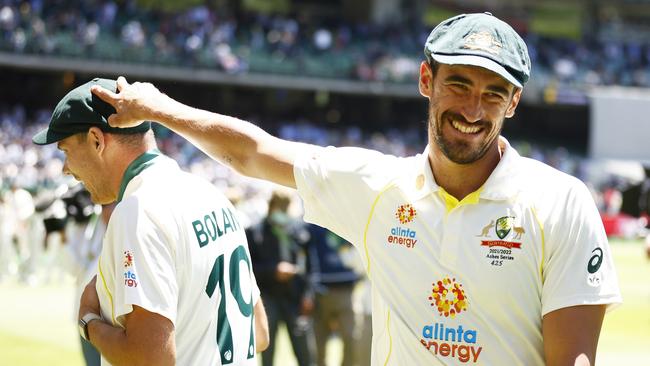
Yet this season has been perhaps never been so complex: “If Starc don’t get you/Either Cummins or Hazlewood must/Not to mention Boland and Richardson/Although also Green/And Neser.” Mixed, matched and melded, they have come at England from at high speeds, from all angles, on fresh legs.
Catch every moment of The Ashes live and ad-break free during play on Kayo. New to Kayo? Try 14-days free now.
Australia’s last two home Ashes triumphs were based around marathons of fast bowling continuity: Johnson, Harris and Siddle in 2013-14; Starc, Cummins and Hazlewood in 2017-18.
Last summer during the Border-Gavaskar Trophy, however, that structure seemed stretched to its limits. By design and accident, a successor arrangement has been found. With only Starc ever present, the Australia’s bench of Jhye Richardson, Scott Boland and Michael Neser has operated as if in a tag-team cage fight full of pile drives and sleeper holds.
On the figurings of CricViz, no attack in recorded memory has bowled with such consistent pace, above 140kmh, and precision, on good lengths.
In three Tests, Australia’s pacemen have harvested 48 wickets, conceded less than 2.5 an over, and overstepped only six times – compared to England’s casual, inattentive 28 no balls.
The last hour of the second day in Melbourne involved pace bowling of the most exquisite brutality, on par with Dennis Lillee’s mighty twilight against West Indies 40 years earlier.
Ben Stokes deemed it the best fast bowling he has seen, the pressure the greatest he has experienced – no small tribute given that he began his Test career against Mitchell Johnson in his pomp.
This has offered additional reinforcement to a now-familiar idea. It’s about 20 years since members of Australian pace attacks started identifying as the Fast Bowling Cartel – a slightly odd choice of a word, given its connotations of illegality and exploitation, but more exclusive than “group”, rather fancier than “crew” or “posse”, and evolving into that most prestigious of modern associations, a WhatsApp group.
It began as an assertion of pride and caste. But it was also a gesture towards the idea of bowlers bowling for each other, interlocking and overlapping so that wickets were taken not by unplayable deliveries so much as cumulative pressure for which the moral credit was shared.
Today’s attack has this philosophy in spades. You remember Cummins not only by his explosive breakthrough wickets but by his relentless runless spells.
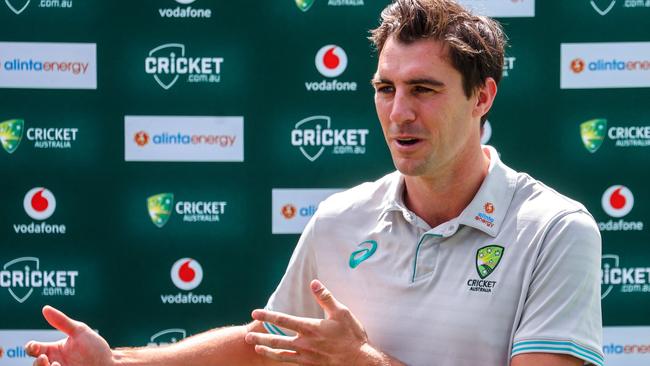
Somehow on that second night in Melbourne, he also went wicketless. But it was a phase of the game reminiscent of a similar wicketless spell by Cummins in the first innings at Old Trafford in 2019, which lay the charges for Hazlewood’s subsequent controlled demolition.
It contributed at the MCG to England’s sense of imminent disaster, which in this case Boland would further exploit.
With Cummins’ appointment as captain, you could argue that it is this cartel, and its example, that leads Australia – which is, in its way, an epochal development.
Teams in history have been powered and weaponised by pace bowling. But has fast bowling ever represented an Australian team’s command centre rather than just its engine room?
If we think about the central trio, Cummins, Starc and Hazlewood, they are all proper cricketers. They play all formats, bowl all balls. They field well, sometimes brilliantly, not least off their own bowling. They can each bat, at least a bit; Starc’s batting, with Cummins then Boland, carved out what during the Boxing Day Test became an unassailable lead.
In short, they set standards for others to meet. Hazlewood set the tone with his incisive seven-over spell in Brisbane; Starc’s six wickets seized the initiative in Adelaide; Cummins’ three on the first morning grabbed the moment in Melbourne.
Contrast this with their English counterparts, Anderson, Broad and Robinson. All are Test specialists, none exactly in athletic prime, least of all Ollie Robinson, whose body language makes Gus Fraser look like Chris Hemsworth. They offer nothing with the bat, making them difficult to pick together. For all the experience that Anderson and Broad incarnate, they seem excluded from leadership too.
The Australian cartel has been further extended this summer by the advance of Cameron Green, perhaps the revelation of the series with his seven wickets for 77, including Stokes and Joe Root twice each, his impressive economy (1.68 an over) and his long reach in the gully (four catches, many runs saved). That’s even before the abundant promise of Green’s batting is considered.
Compressed for Covid reasons, the summer of 2021-22 loomed as a stern workload challenge. Green has vitally eased the general burden, just as Shane Watson did so ably during the ten-Test Ashes overkill of 2013-14.
Australia’s toughest fight in the field, when England stretched their last five wickets over almost a day at Adelaide Oval, came noticeably with Green on short rations. He has, in short, outstokesed Stokes this summer, despite continuing to resemble a 200cm boy scout. Nor is the series over. With two Tests to play, there’s scope to add new names and further underlinings to Rigby’s revised list.


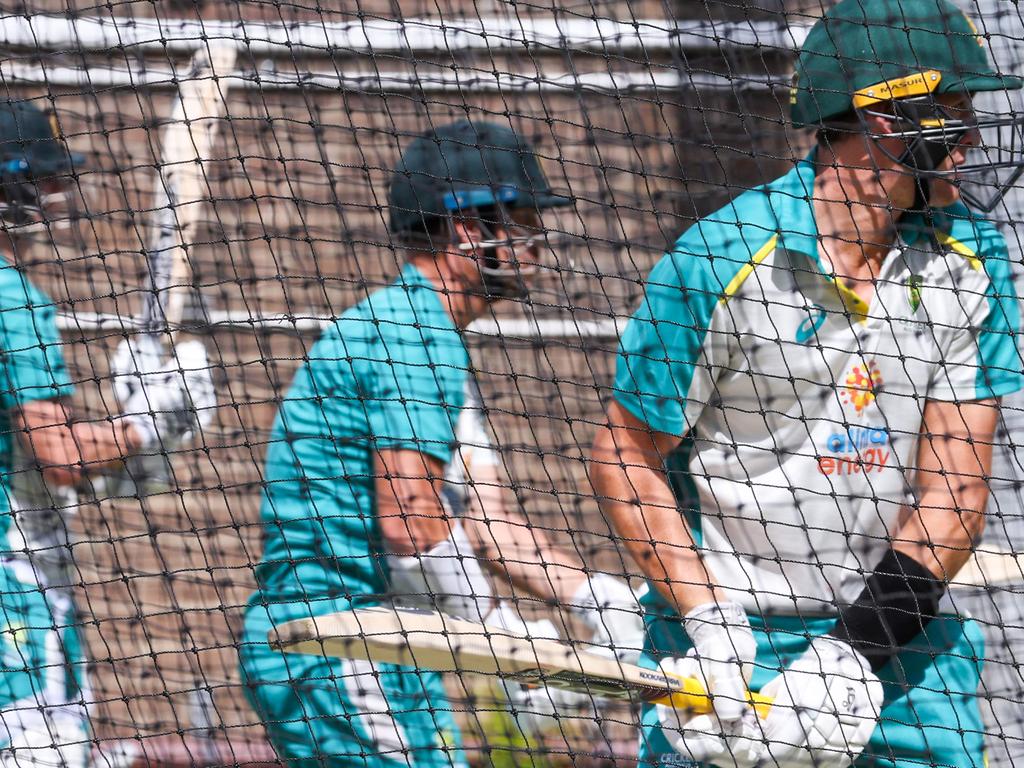
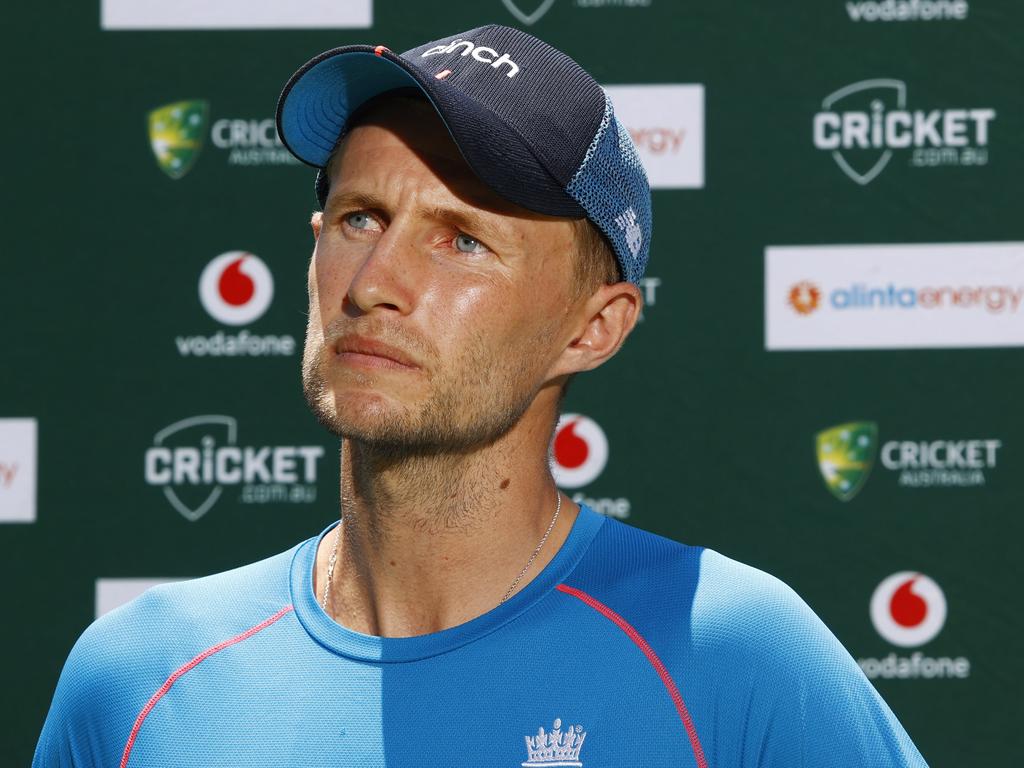
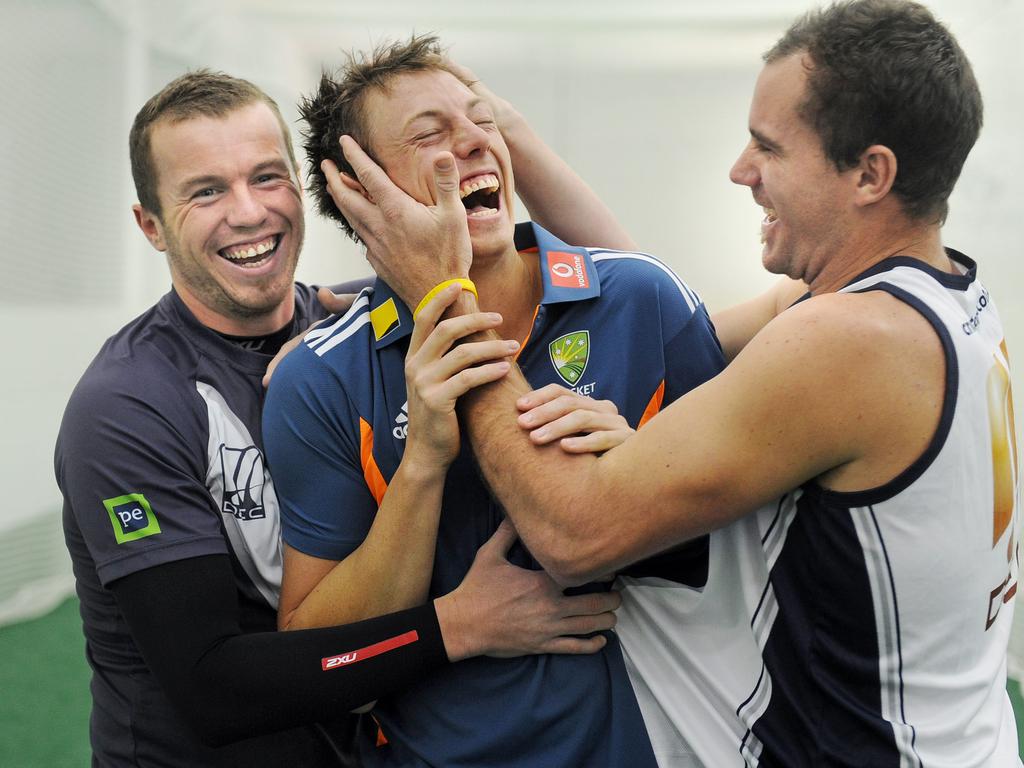


“Ashes to Ashes/Dust to dust/If Thommo don’t get you/Lillee must.” Periodically since Paul Rigby of the Daily Telegraph fixed this caption to cricket cartoon in the high summer of 1974-75, it has been revised for new names, new combinations, from McGrath and Gillespie to Johnson and Harris.